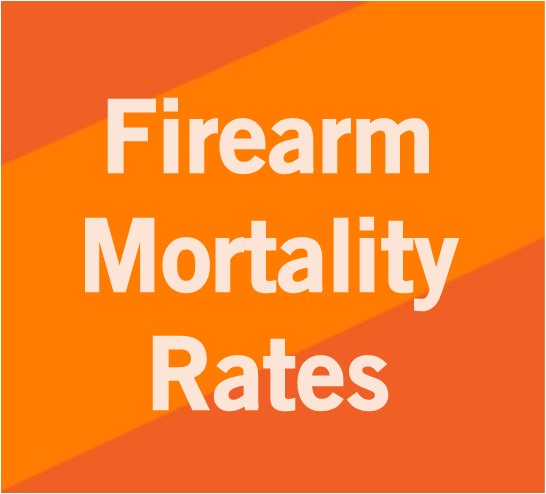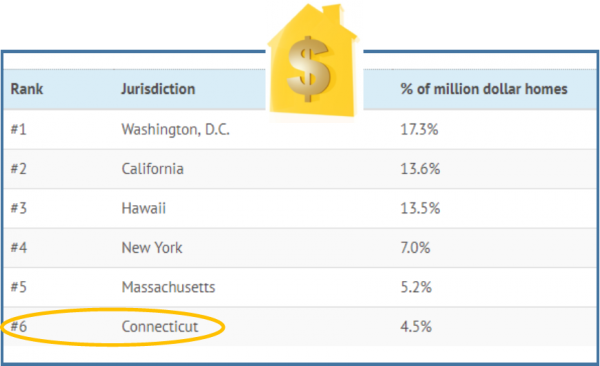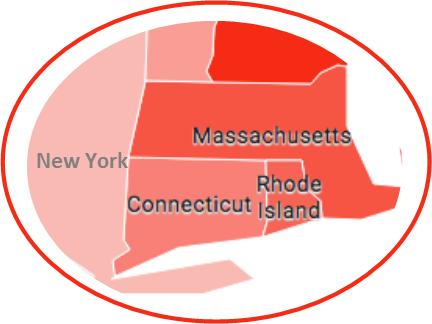Women’s Economic Status in Connecticut Among Best in Nation, But Still Insufficient
/Women are faring better in Connecticut than in most states in the nation, according to a new analysis that focused on data in two central areas of everyday life – Employment & Earnings and Poverty & Opportunity.
Connecticut ranked 4th in the Employment and Earnings category, earning a B+, and 4th in the Poverty and Opportunity category, with a B- grade.
Status of Women in the States is a project of the Institute for Women’s Policy Research, a comprehensive project that presents and analyzes data for all 50 states and the District of Columbia. The Institute suggests that the data can be used “to raise awareness, improve policies, and promote women’s equality.”
Connecticut’s grade for women’s Employment & Earnings, B+, has improved since the 2004 Status of Women in the States report. Its grade for women’s Poverty & Opportunity, B-, has dropped since 2004.
In the subcategories of Employment and Earnings, Connecticut ranked Connecticut ranked 2nd in median annual earnings for women employed full-time, 5th in the percent of all employed women in managerial or professional occupations, 13th in the percent of women in the labor force, and 38th in the earnings ratio between women and men employed full-time, year-round.
The Employment & Earnings Index measures states on women’s earnings, the gender wage gap, women’s labor force participation, and women’s representation in professional and managerial occupations. The top states were District of Columbia, Maryland, Massachusetts, Connecticut and New York.
 Women working full-time, year-round have the highest earnings in the District of Columbia, where women’s median annual earnings are $65,000. Connecticut, Maryland, Massachusetts, and New Jersey are tied for second, with women in those states earning $50,000 at the median.
Women working full-time, year-round have the highest earnings in the District of Columbia, where women’s median annual earnings are $65,000. Connecticut, Maryland, Massachusetts, and New Jersey are tied for second, with women in those states earning $50,000 at the median.
In the Poverty and Opportunity subcategories, Connecticut ranked 2nd in the percent of women age 18 and older above poverty, 5th in the percent of women age 25 and older with a Bachelor’s degree or higher, 10th in the percent of women age 18-64 with health insurance, and 29th in the percent of businesses owned by women.
New Hampshire, Connecticut, Maryland, and New Jersey have the highest rates of women living above poverty in the country at 89.2 percent, 88.4 percent, 88.1 percent, and 88.1 percent, respectively.
The report noted that women in Connecticut aged 16 and older who work full-time, year-round have median annual earnings of $50,000, which is 76.9 cents on the dollar compared with men who work full-time, year-round. Hispanic women earn just 47 cents for every dollar earned by White men, according to the report. According to the report’s analysis, if employed women in Connecticut were paid the same as comparable men, their poverty rate would be reduced by more than half and poverty among employed single mothers would be cut in half.
In Connecticut, 32.7 percent of businesses in 2012 were owned by women, up from 28.1 percent in 2007. The report also indicates that 94.2 percent of Connecticut’s women aged 18 to 64 have health insurance coverage, which is above the national average for women of 89.4 percent.
The report, published in March 2018, concludes that “Women in Connecticut have made considerable advances in recent years but still face inequities that often prevent them from reaching their full potential.”


 More than 250 attendees will include consultants, coaches, funders, academics, and executives from across the country. The conference intends to “convene the diverse perspectives that shape and advance our field.”
More than 250 attendees will include consultants, coaches, funders, academics, and executives from across the country. The conference intends to “convene the diverse perspectives that shape and advance our field.”
 The five dimensions, mentioned above, were weighted to determine an overall score on a 100 point scale using thirty relevant metrics including the cost of living, rate of home ownership and insurance, average student loan debt, voter turnout rate, unemployment rate, percentage diagnosed with depression and the average price of a latte at Starbucks.
The five dimensions, mentioned above, were weighted to determine an overall score on a 100 point scale using thirty relevant metrics including the cost of living, rate of home ownership and insurance, average student loan debt, voter turnout rate, unemployment rate, percentage diagnosed with depression and the average price of a latte at Starbucks.

 The analysis brought together three recent surveys: Best State to Raise a Family, by WalletHub; Best Livability from Gallup; and “Best state” by U.S. News & World Report. The analysis included each state’s overall rankings plus the subcategory scores that helped produce the three scorecards, the newspaper reported.
The analysis brought together three recent surveys: Best State to Raise a Family, by WalletHub; Best Livability from Gallup; and “Best state” by U.S. News & World Report. The analysis included each state’s overall rankings plus the subcategory scores that helped produce the three scorecards, the newspaper reported. hers. Predictability was not necessarily reflective of high regard. West Virginia, for example, finished near the bottom of two of the three surveys, and thus was “predictable,” finishing high in predictability because of finishing predictably low in the various surveys.
hers. Predictability was not necessarily reflective of high regard. West Virginia, for example, finished near the bottom of two of the three surveys, and thus was “predictable,” finishing high in predictability because of finishing predictably low in the various surveys.
 Only 54 percent of working women in Connecticut work full-time, compared with 67 percent of men. That may be a possible explanation for women's lower wages - fewer women work full-time than men. DataHaven notes that part-time workers tend to earn much less money than full-time workers, and there are many reasons why someone might not be working full-time. “But that doesn't explain everything,” the DataHaven summary notes.
Only 54 percent of working women in Connecticut work full-time, compared with 67 percent of men. That may be a possible explanation for women's lower wages - fewer women work full-time than men. DataHaven notes that part-time workers tend to earn much less money than full-time workers, and there are many reasons why someone might not be working full-time. “But that doesn't explain everything,” the DataHaven summary notes.

 The report defines Eastern Connecticut as the Community Foundation of Eastern Connecticut service area: 42 towns that include 453,000 people, 227,000 women. The population of the region is 80% white, 9% Latina, 4% Black and 4% Asian. Approximately 33,700 residents, or 7 percent, are foreign born. Looking ahead, the report noted that the population of women ages 65 and up is projected to grow significantly over the next decade; estimated to increase 44 percent by 2025.
The report defines Eastern Connecticut as the Community Foundation of Eastern Connecticut service area: 42 towns that include 453,000 people, 227,000 women. The population of the region is 80% white, 9% Latina, 4% Black and 4% Asian. Approximately 33,700 residents, or 7 percent, are foreign born. Looking ahead, the report noted that the population of women ages 65 and up is projected to grow significantly over the next decade; estimated to increase 44 percent by 2025.


 The five metropolitan areas with the largest share of homes worth $1 million in 2017, according to CBS News, are: San Francisco, San Jose, Los Angeles, Fairfield County, CT, and Long Island, New York.
The five metropolitan areas with the largest share of homes worth $1 million in 2017, according to CBS News, are: San Francisco, San Jose, Los Angeles, Fairfield County, CT, and Long Island, New York.
 Even in advance of the merger plan, the Board of Regents has been extending lower tuition offers in every direction, reaching out to students in Massachusetts, Rhode Island, New York and even New Jersey, making offers that the Regents hope will be tough to refuse.
Even in advance of the merger plan, the Board of Regents has been extending lower tuition offers in every direction, reaching out to students in Massachusetts, Rhode Island, New York and even New Jersey, making offers that the Regents hope will be tough to refuse.



























